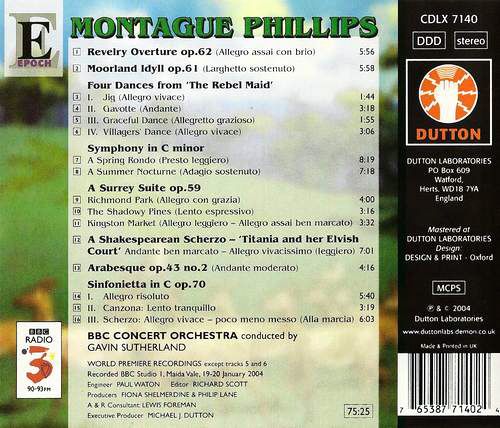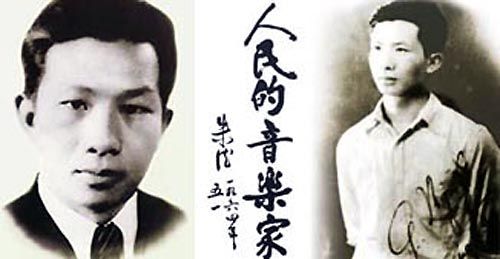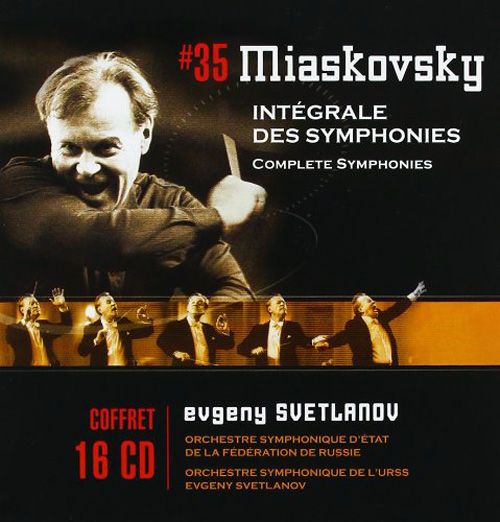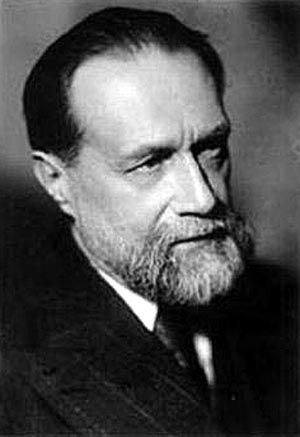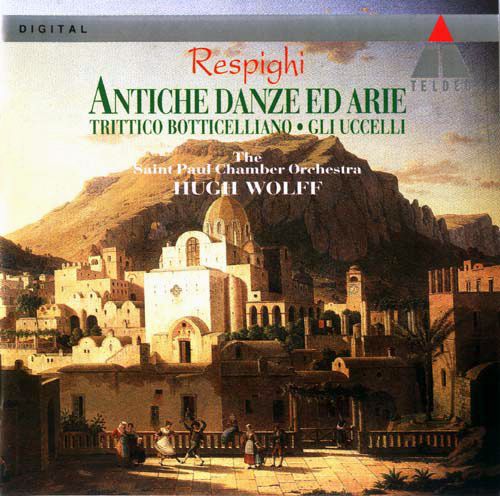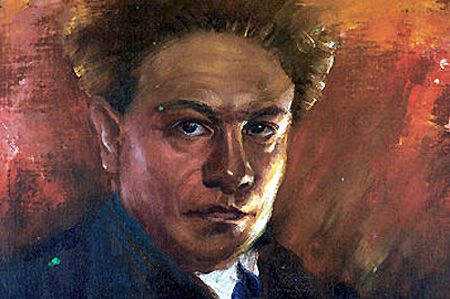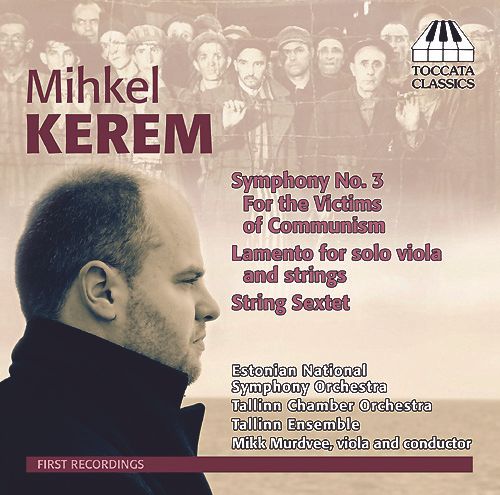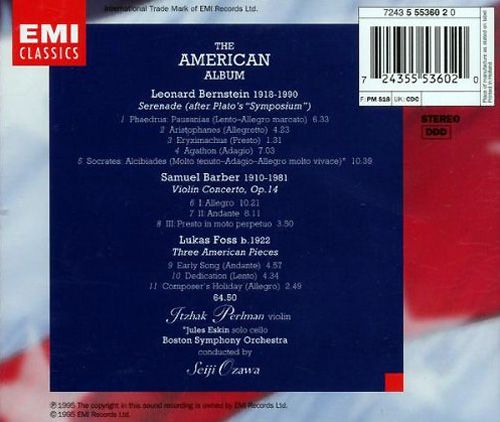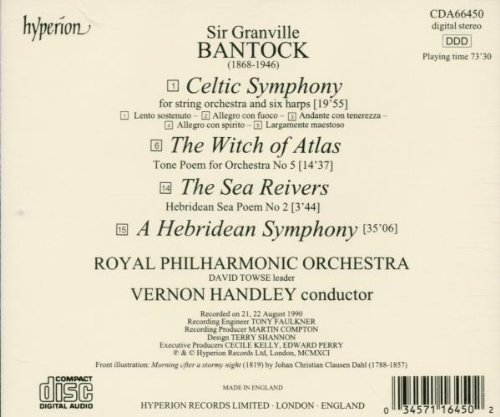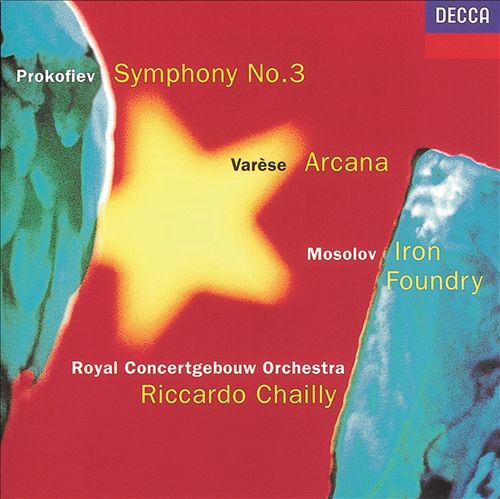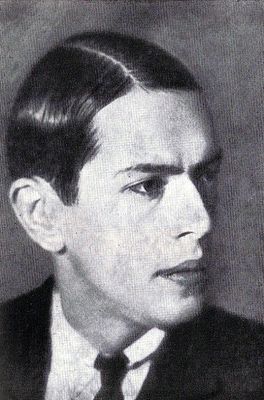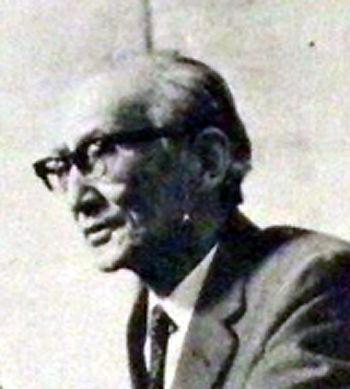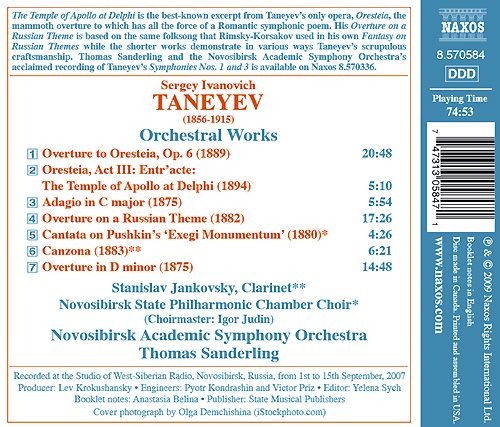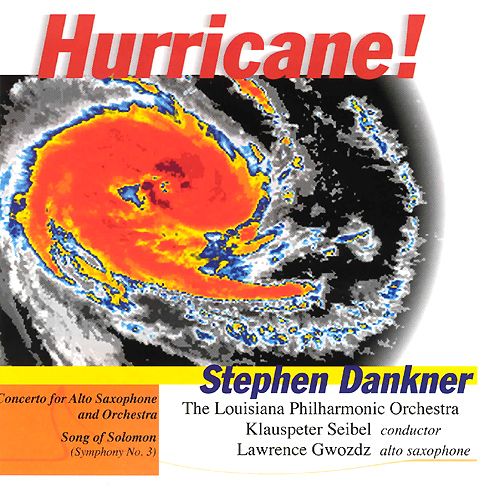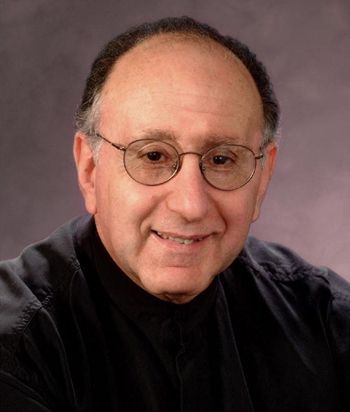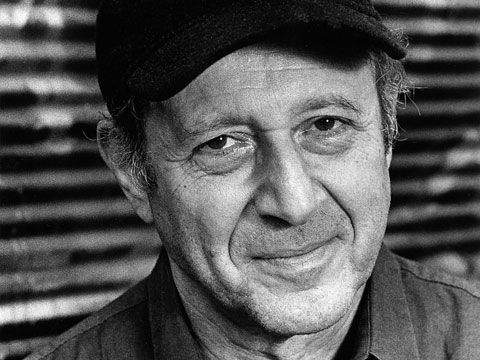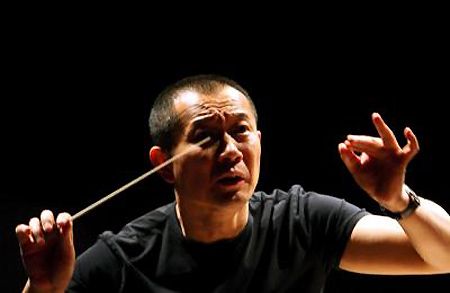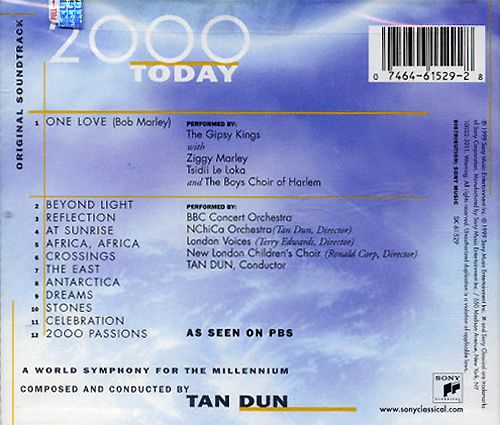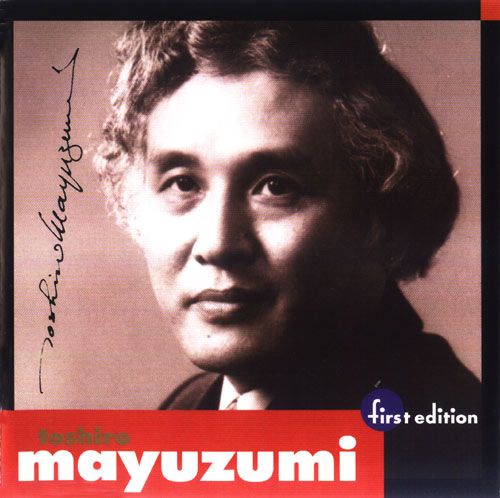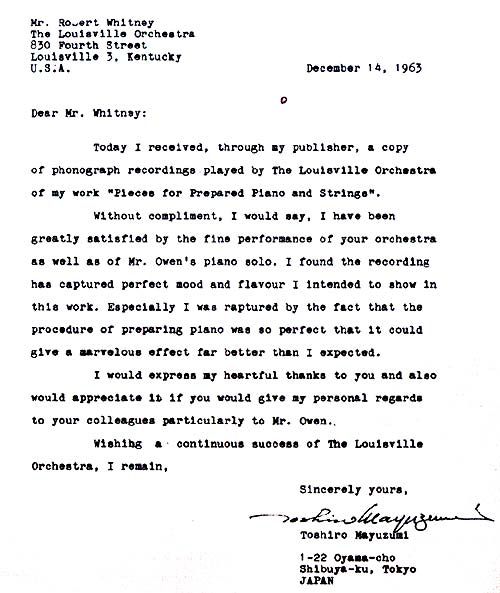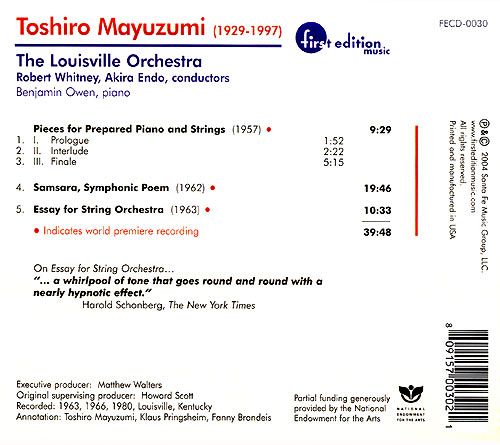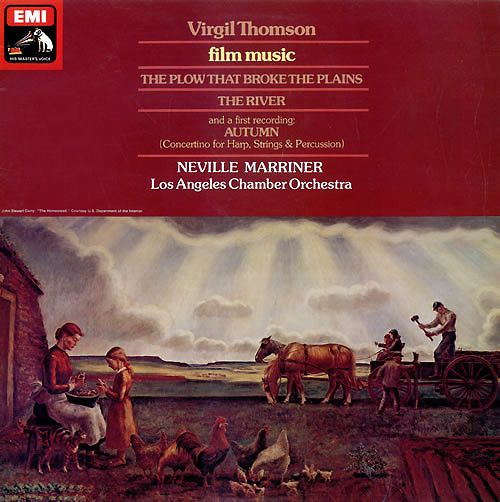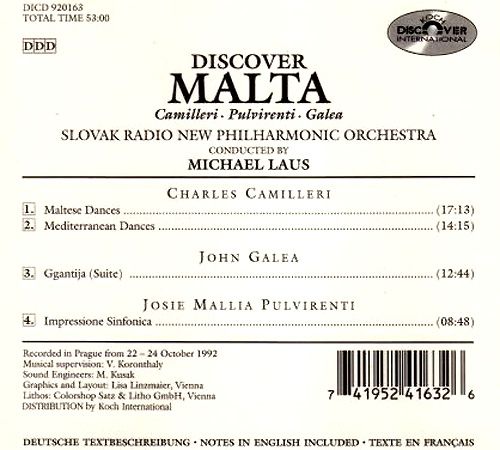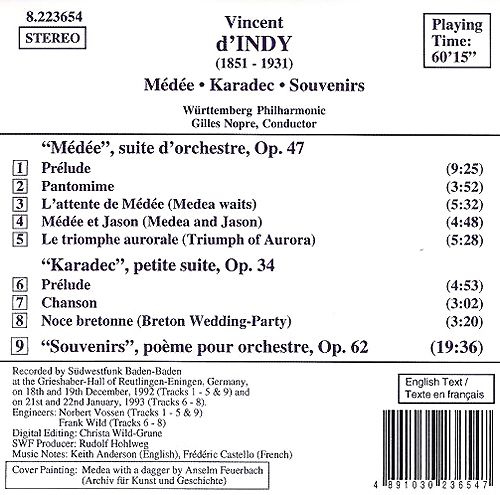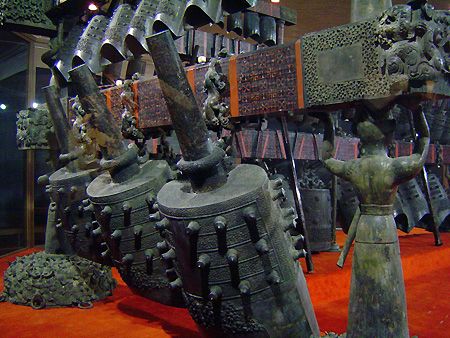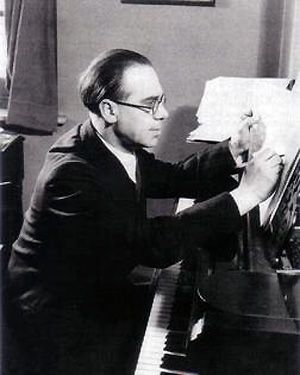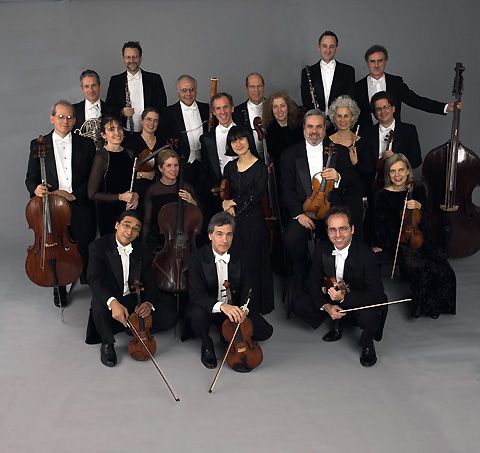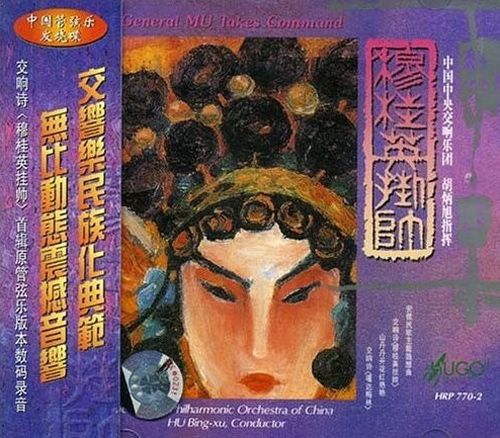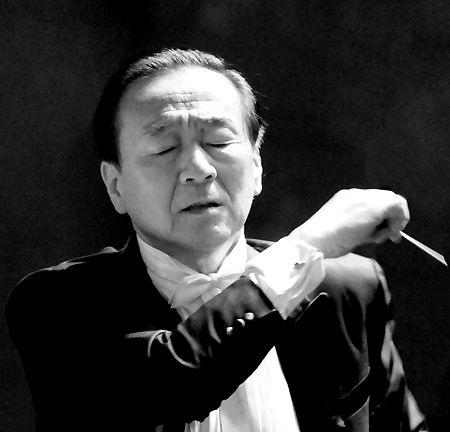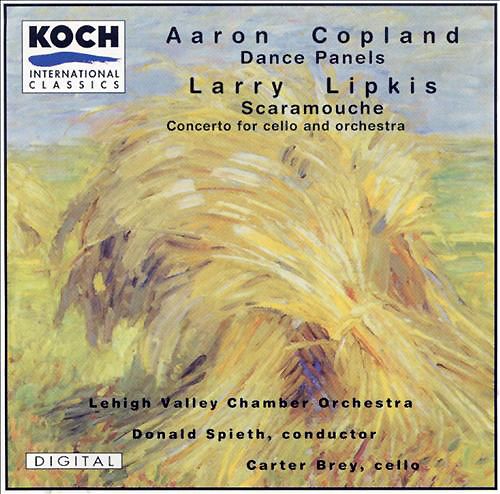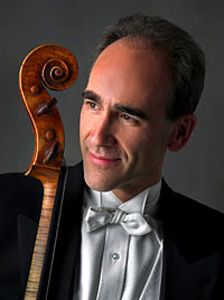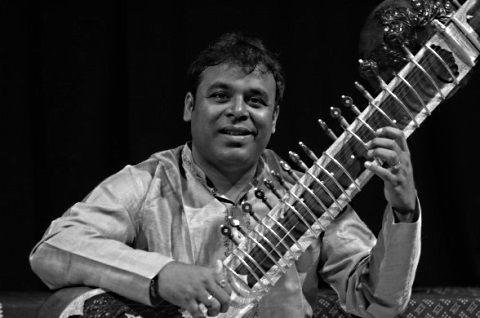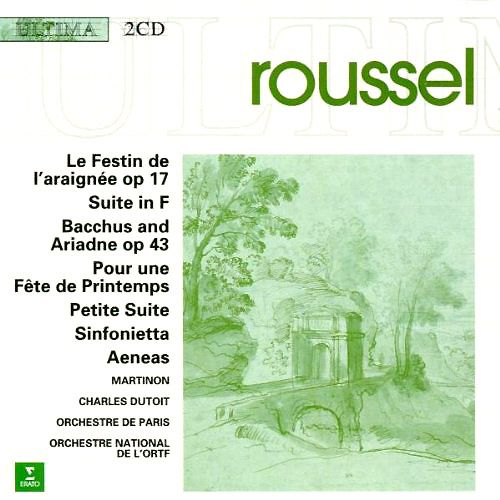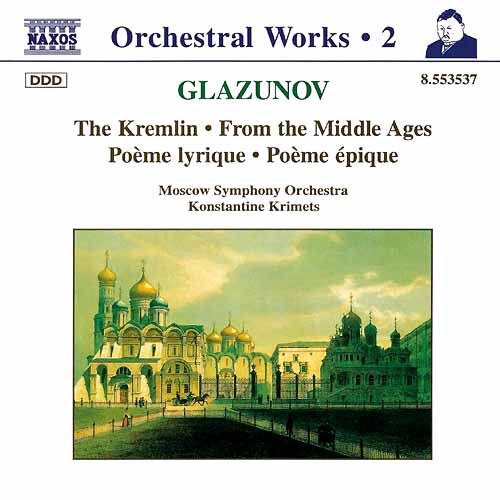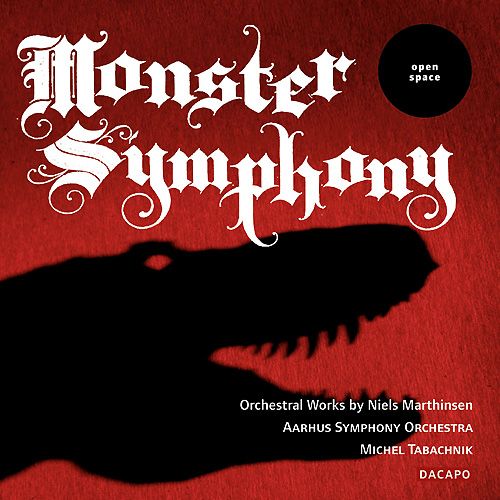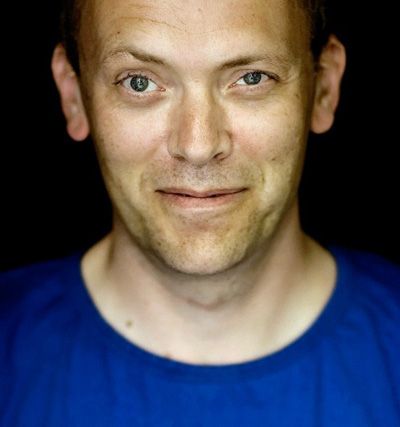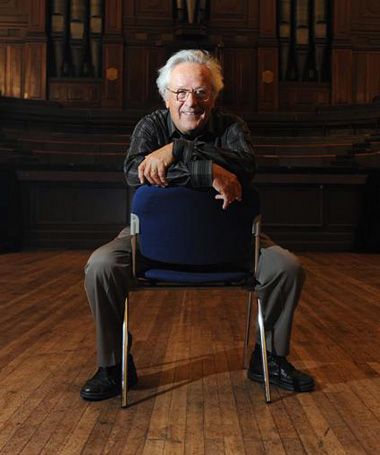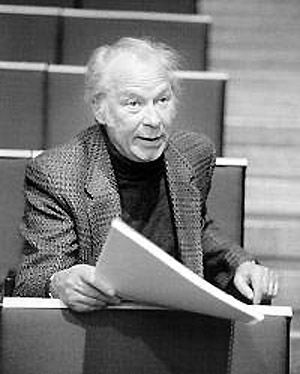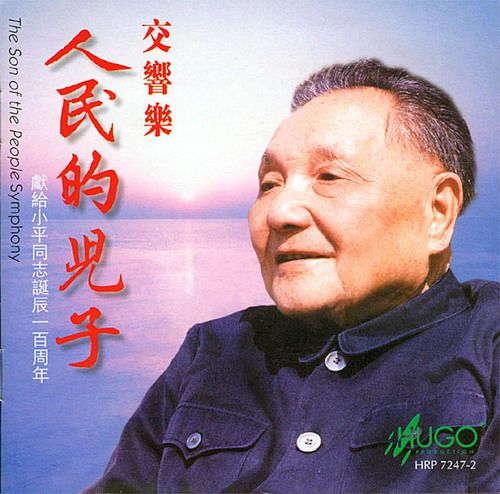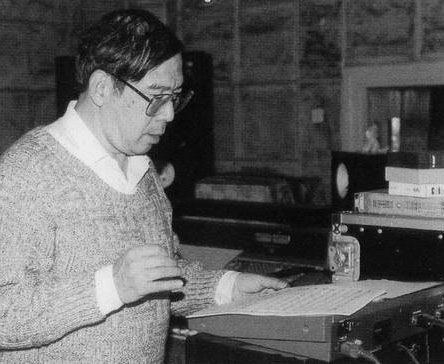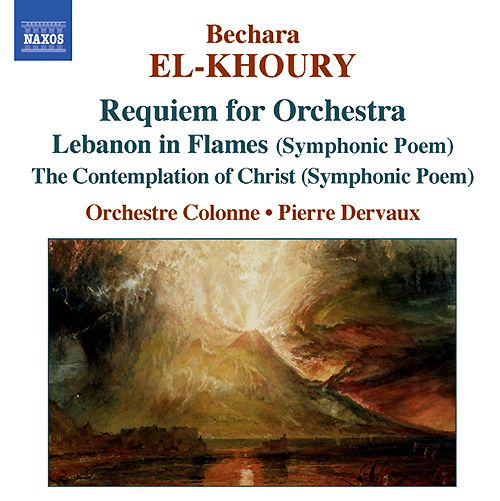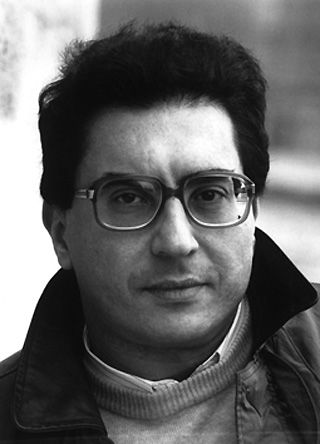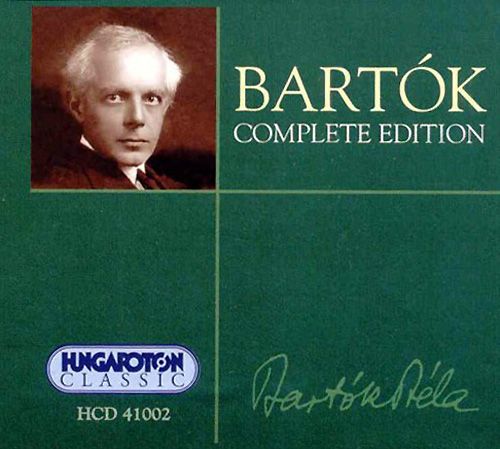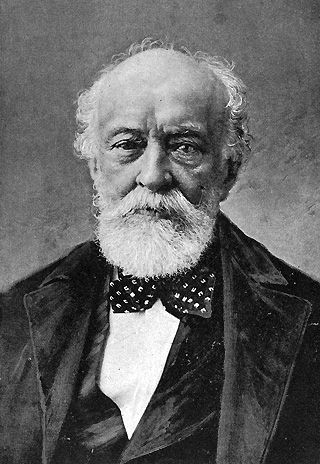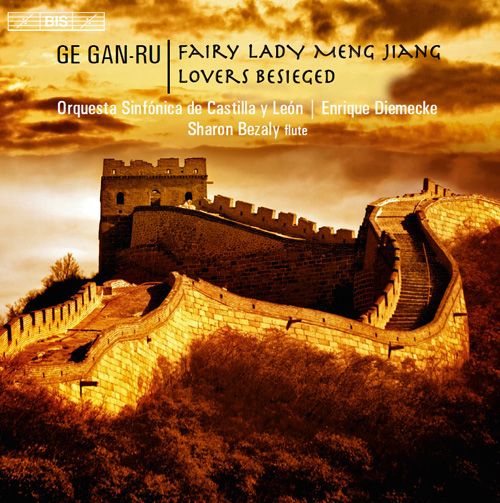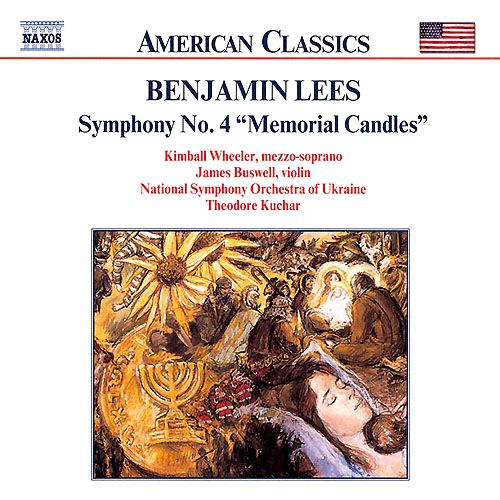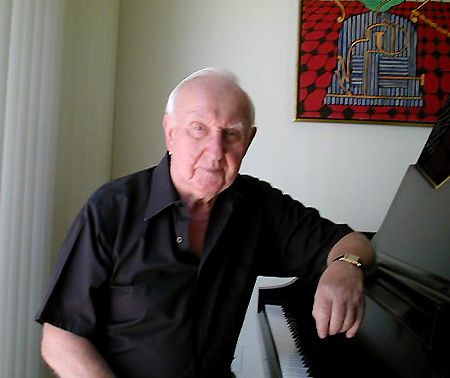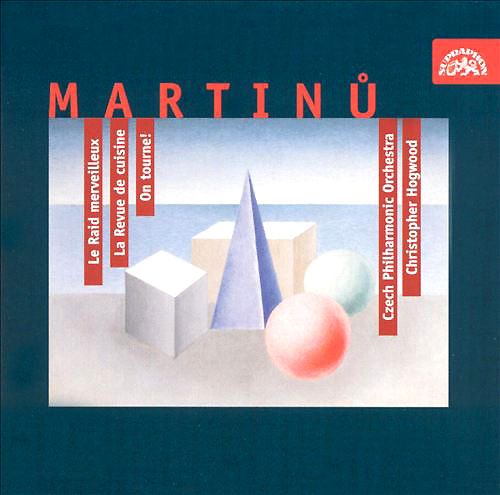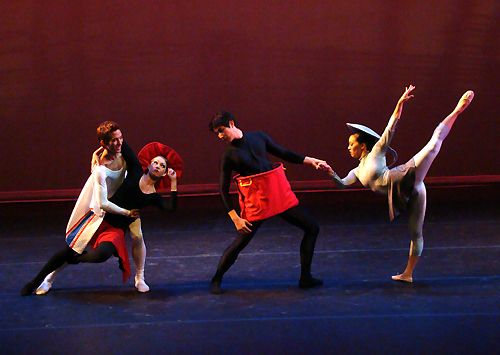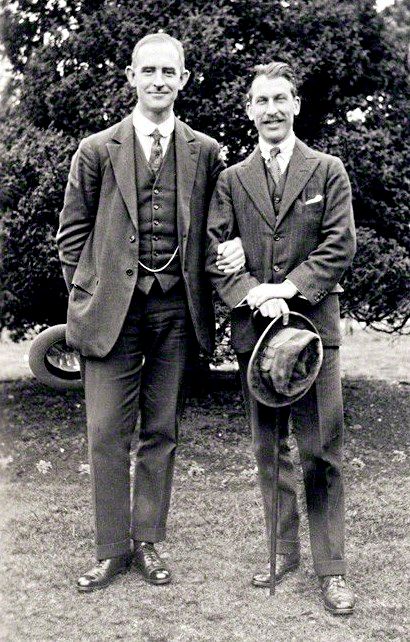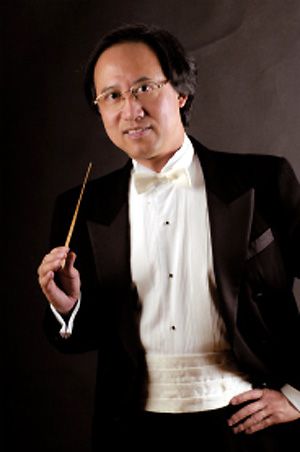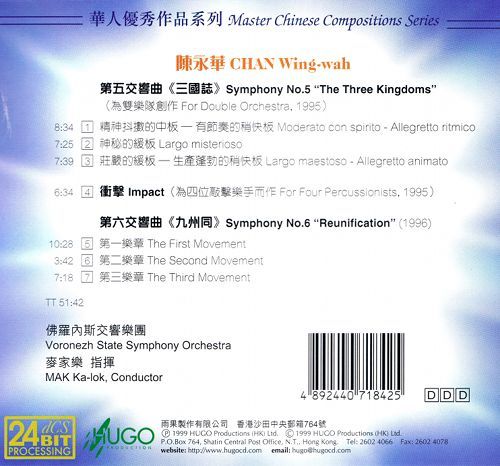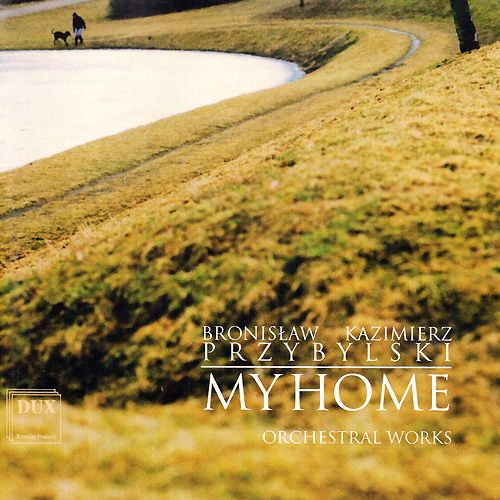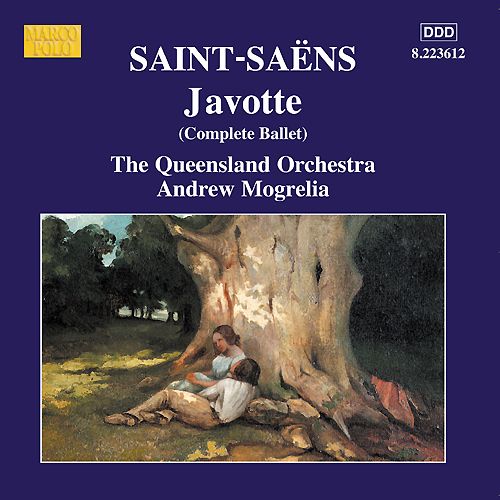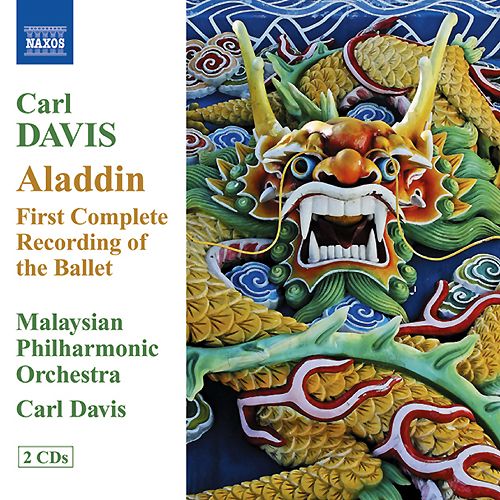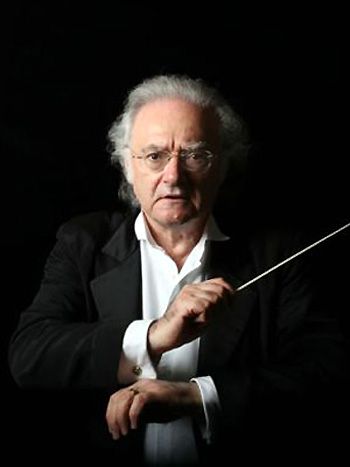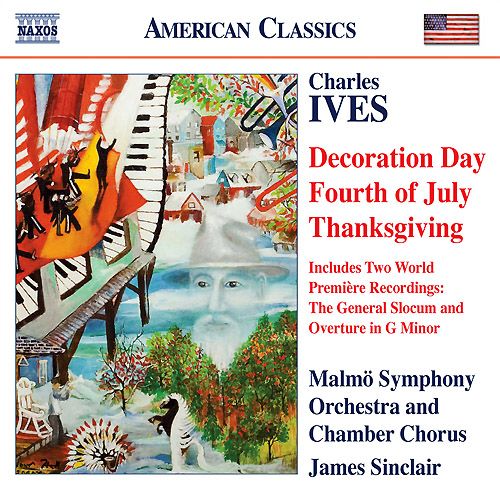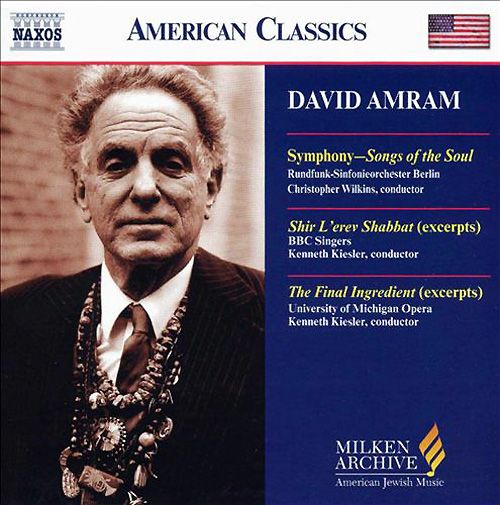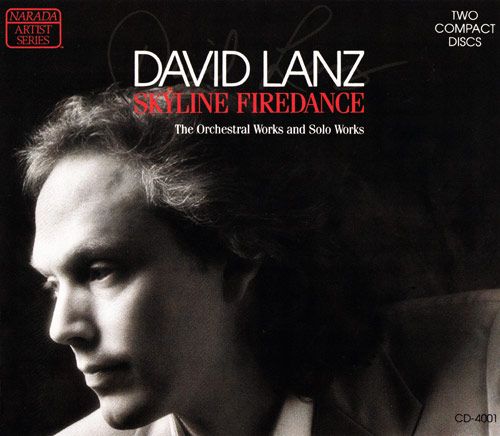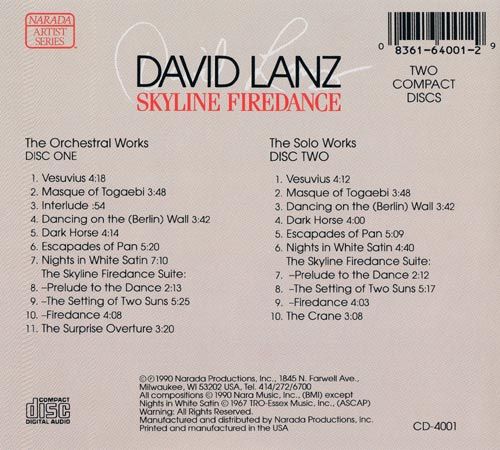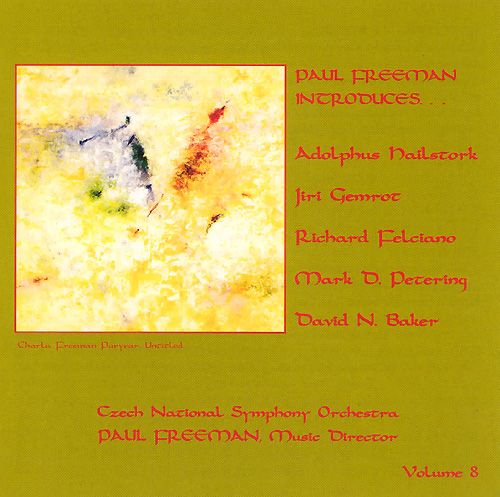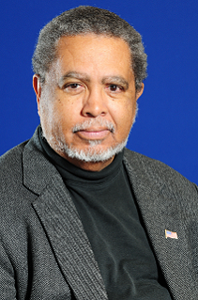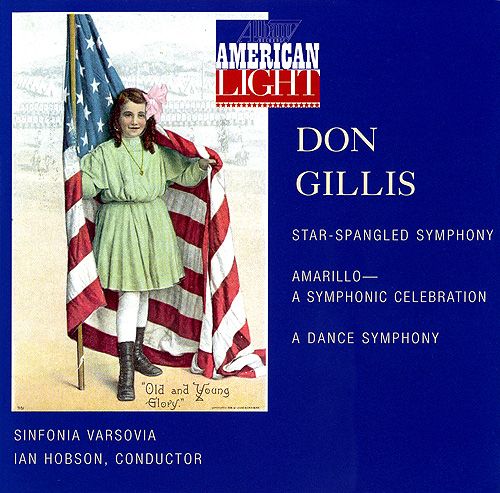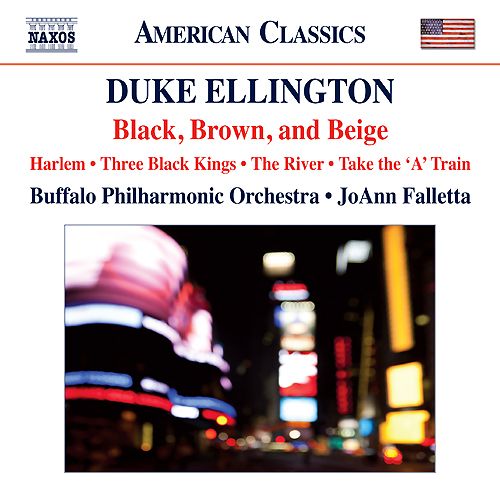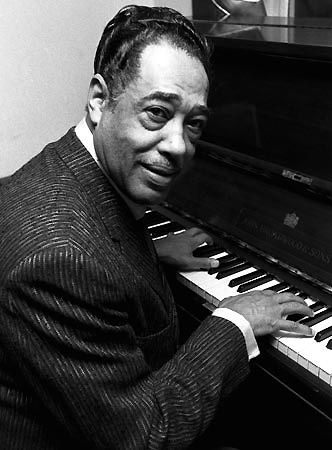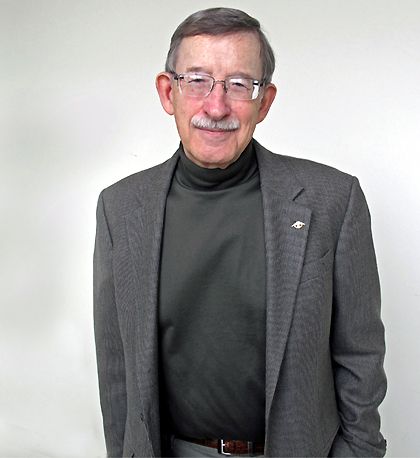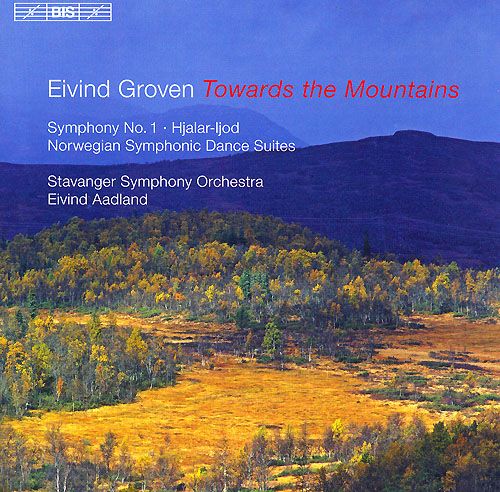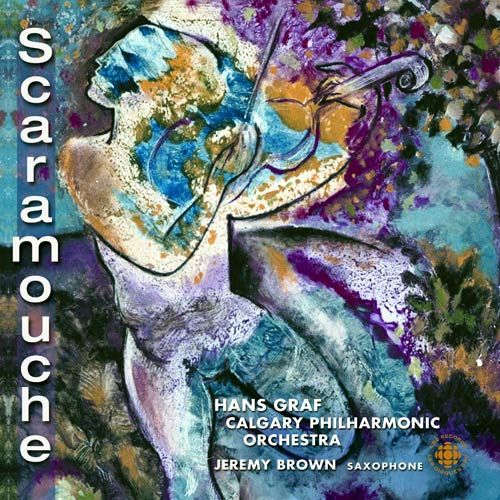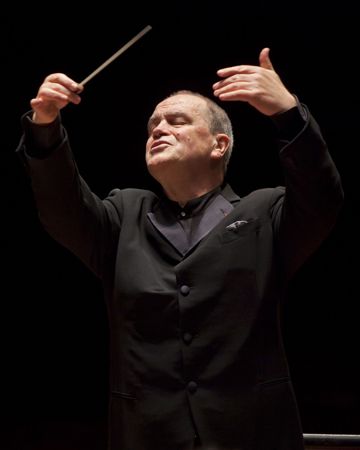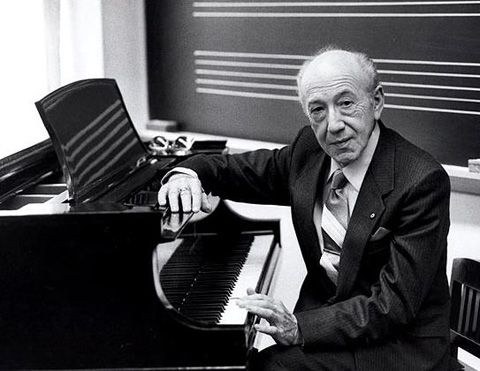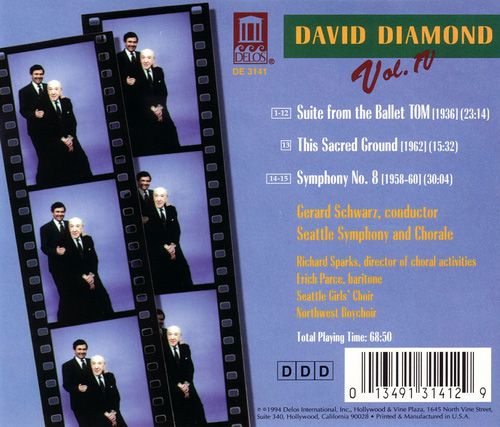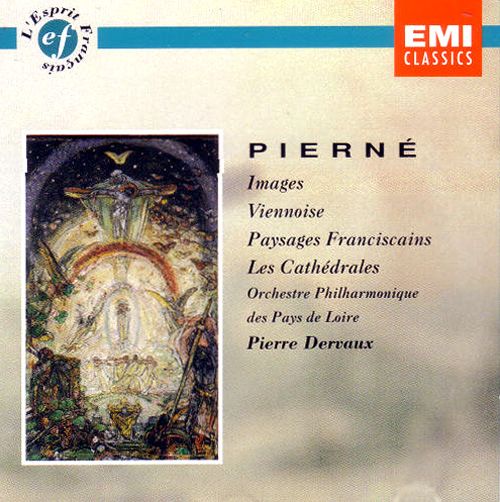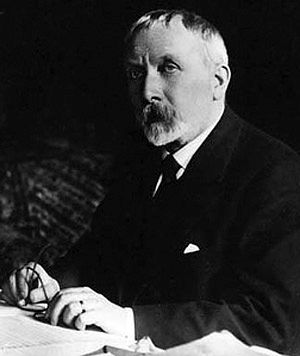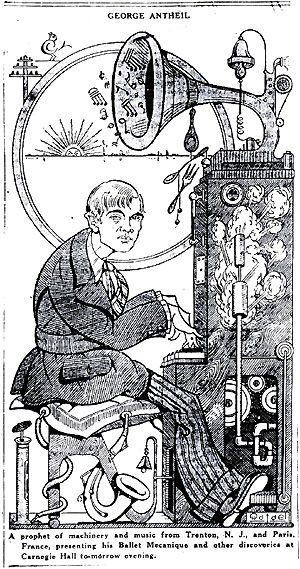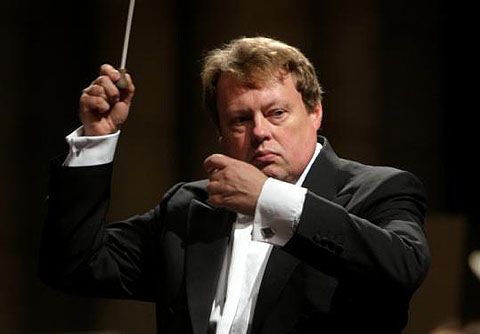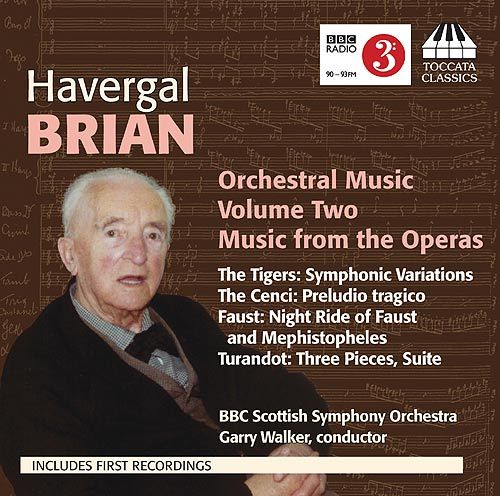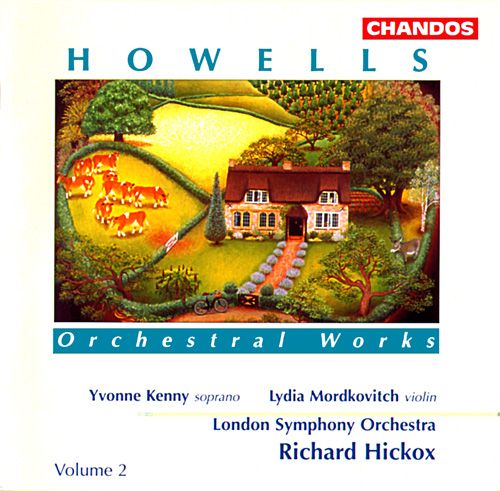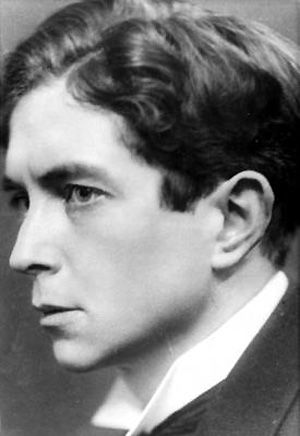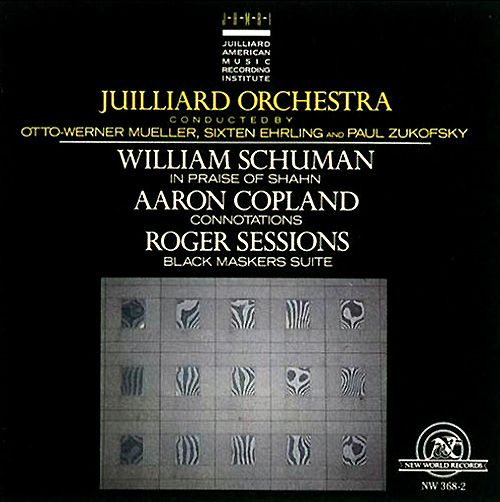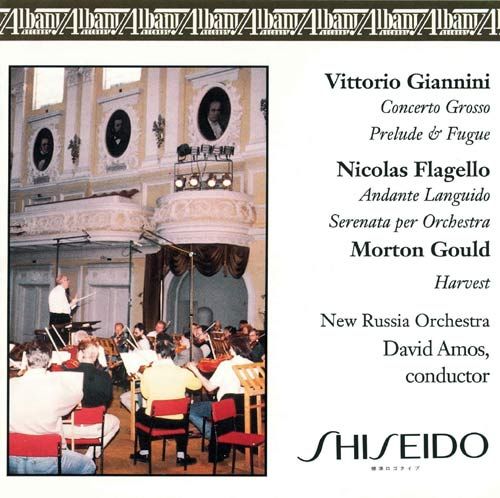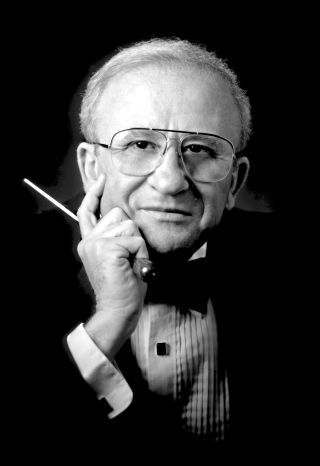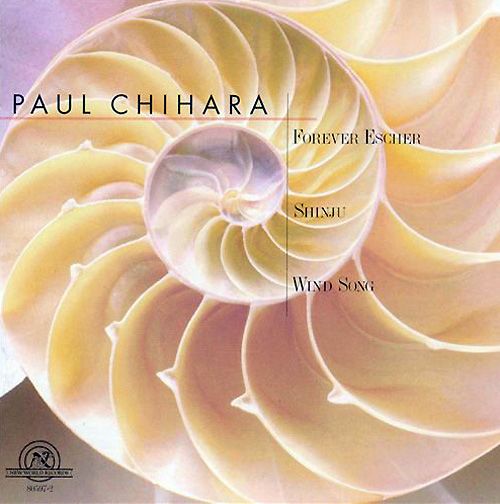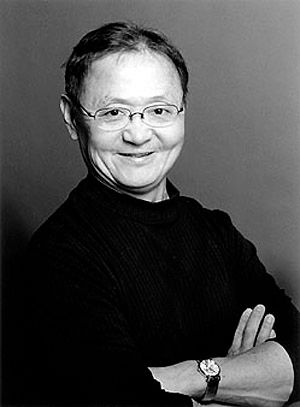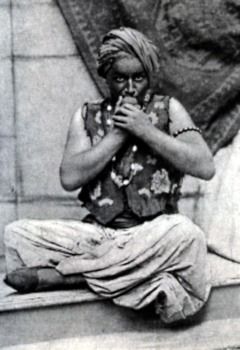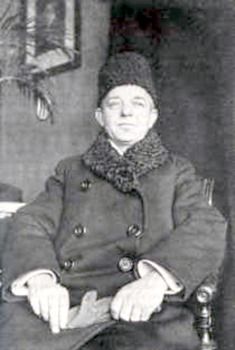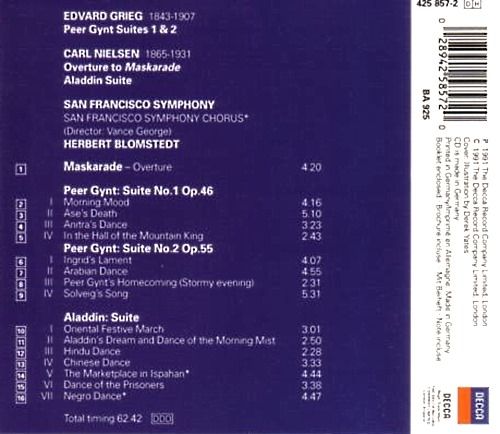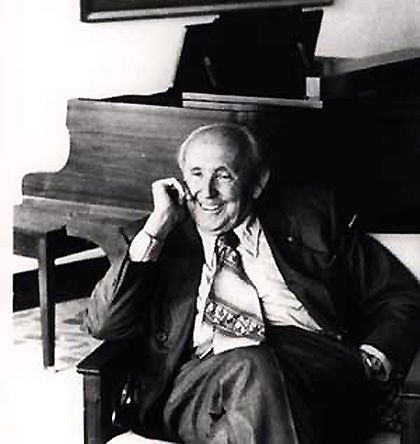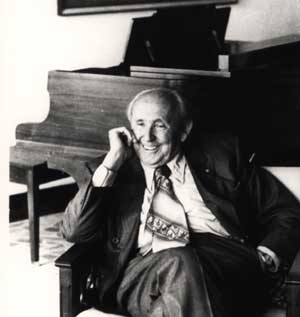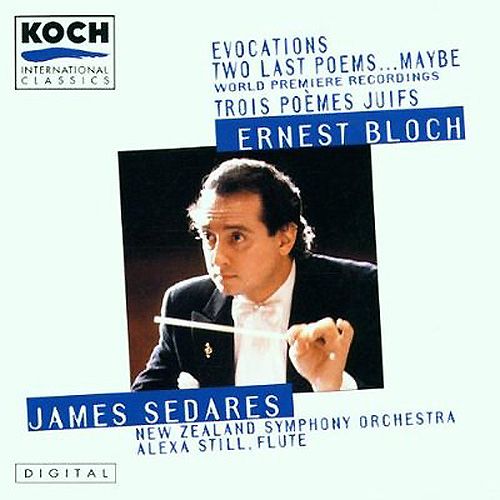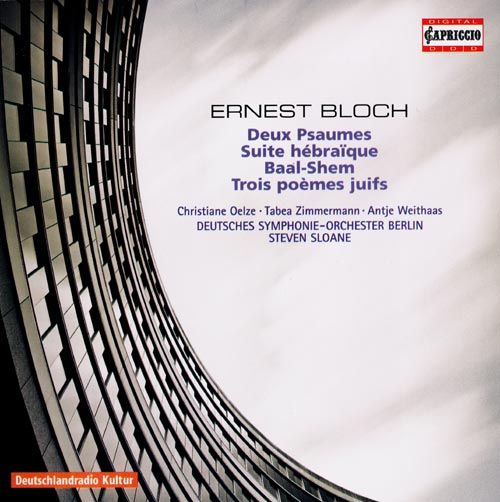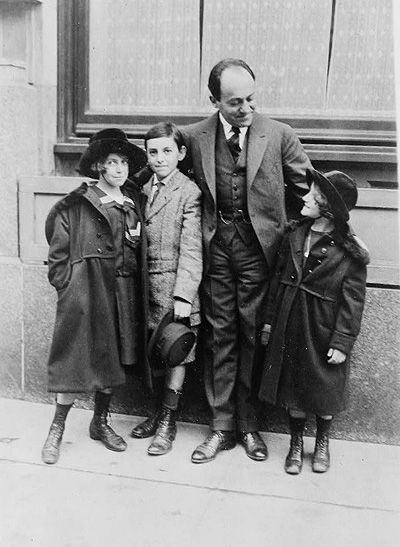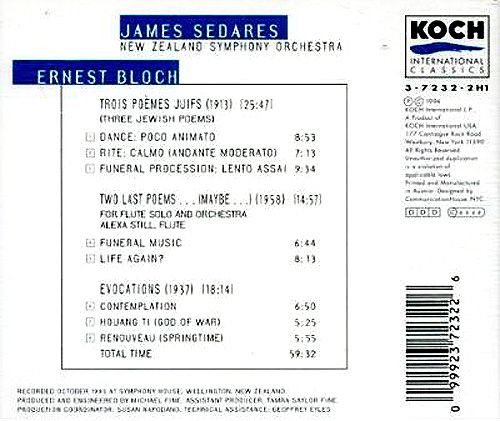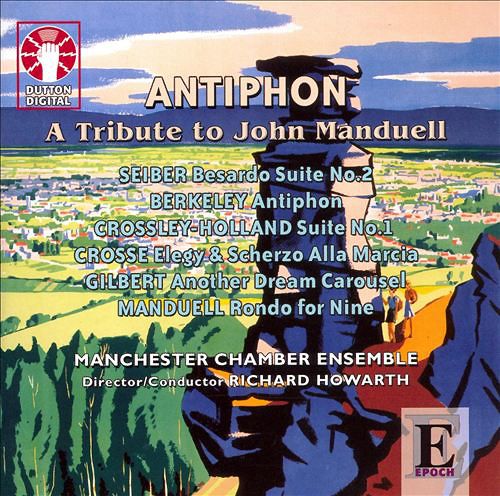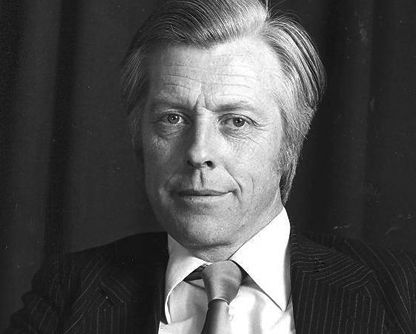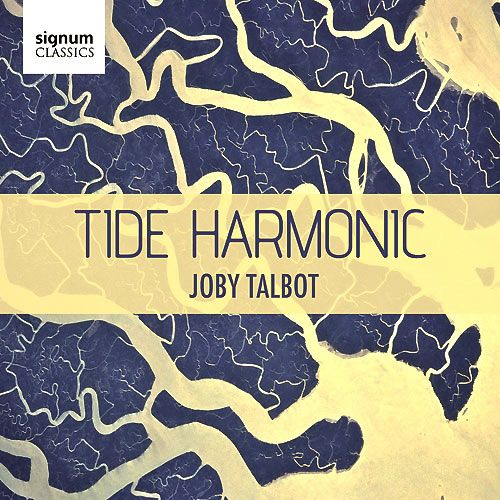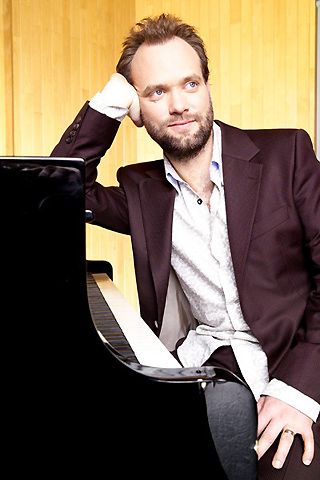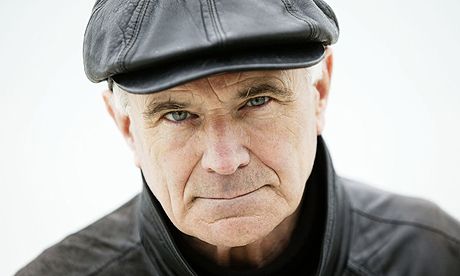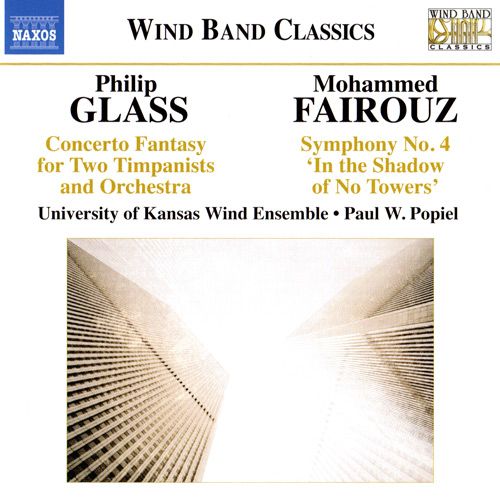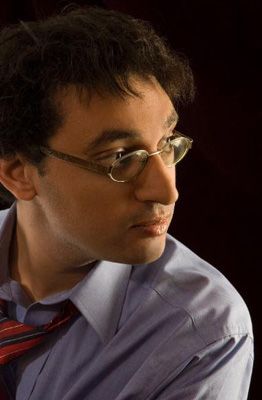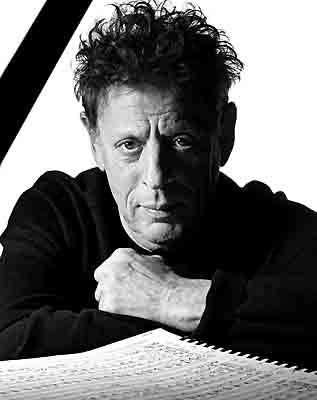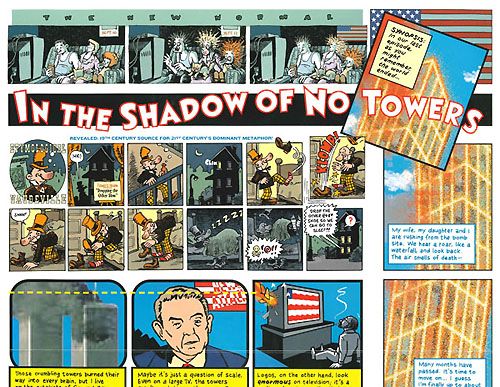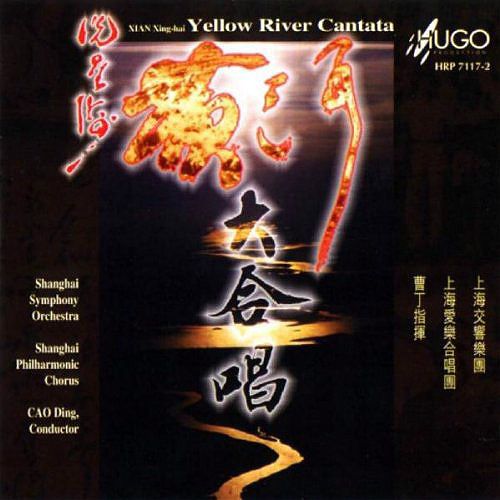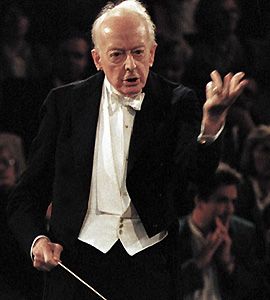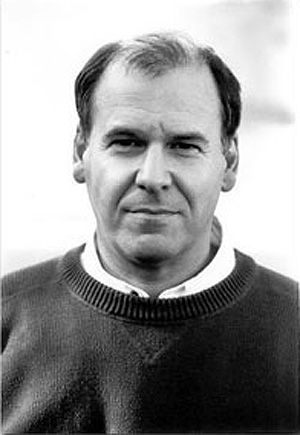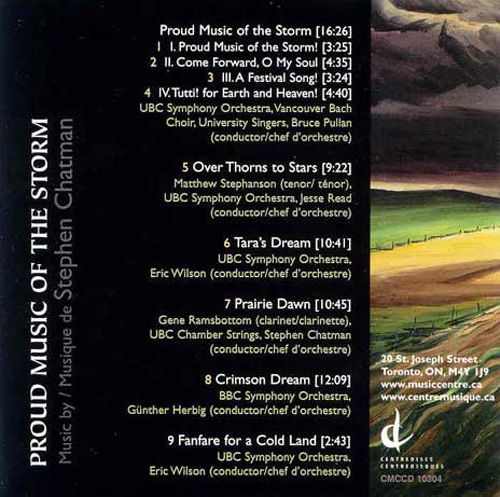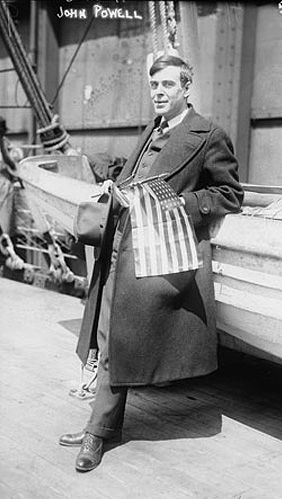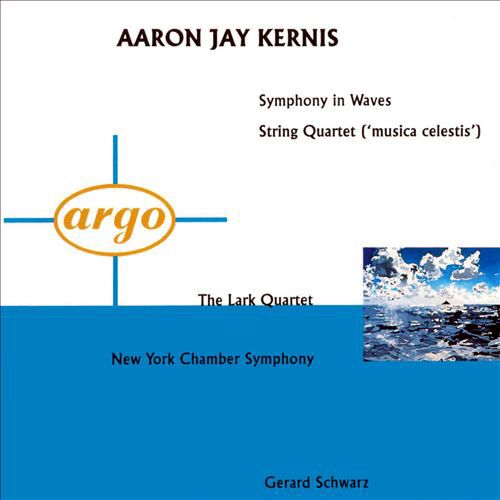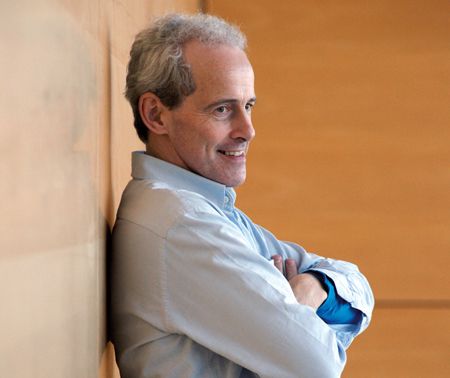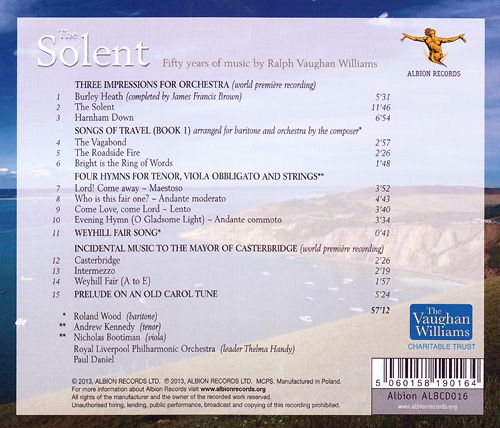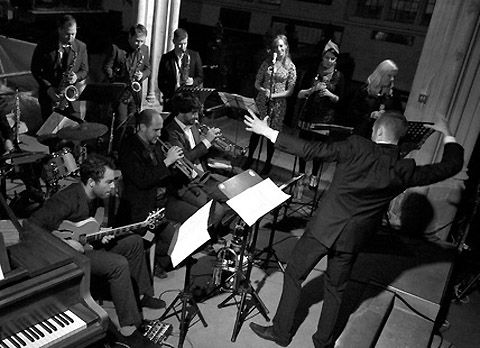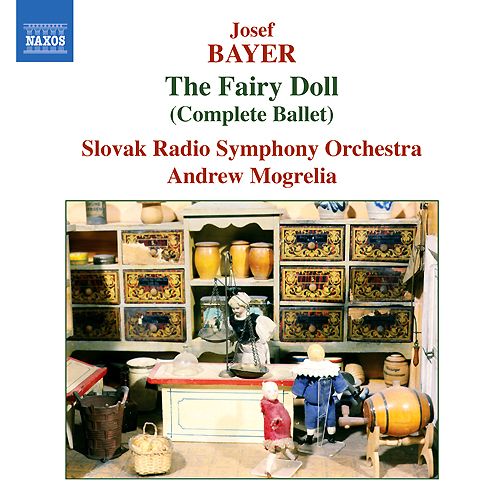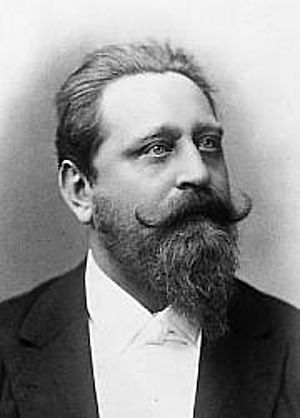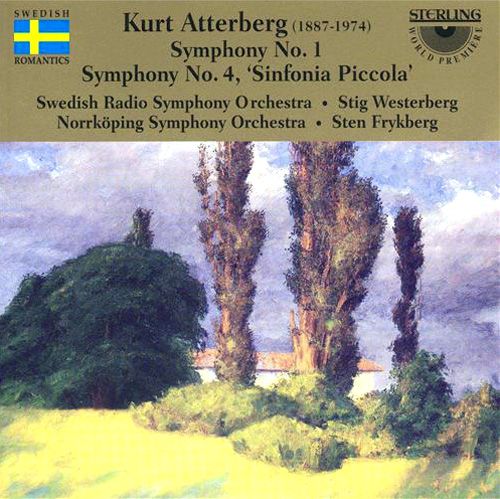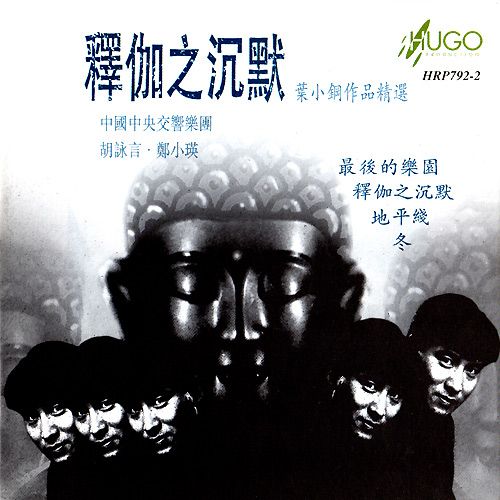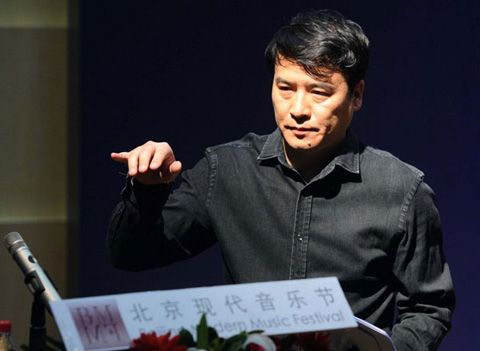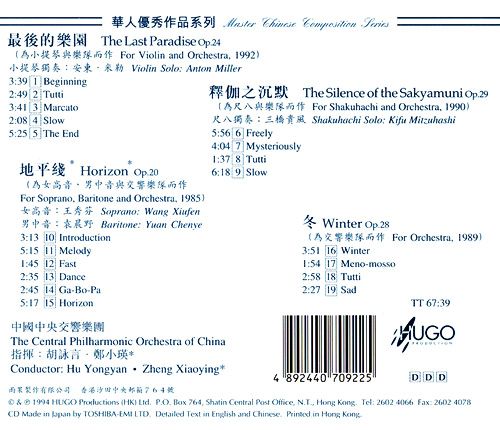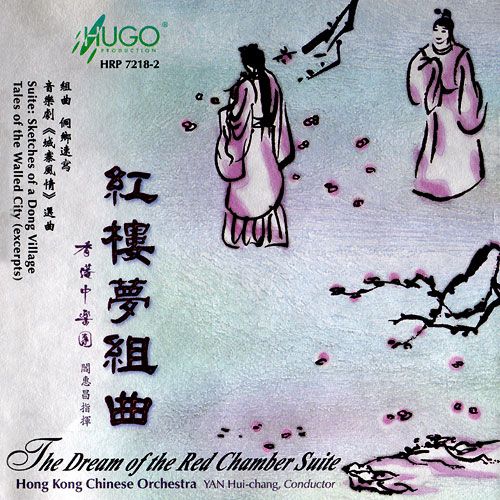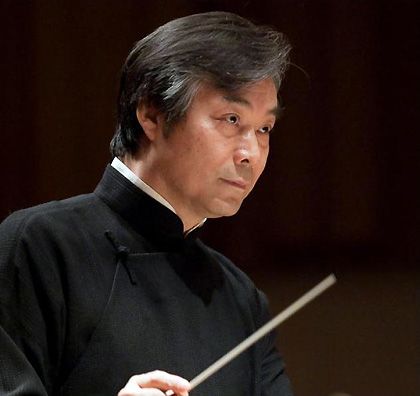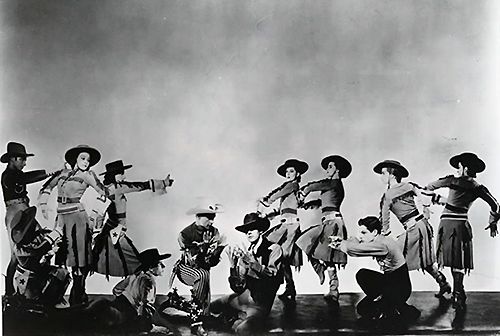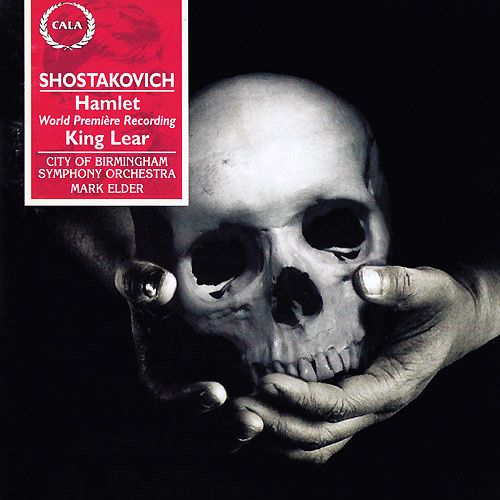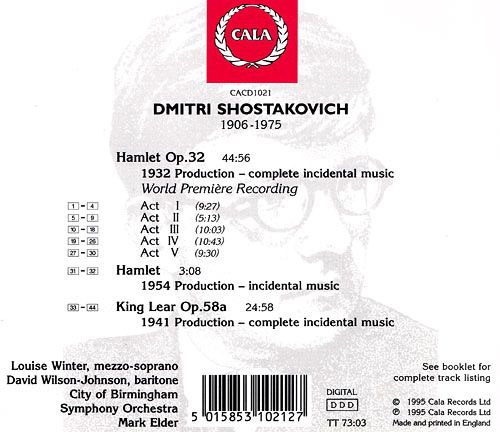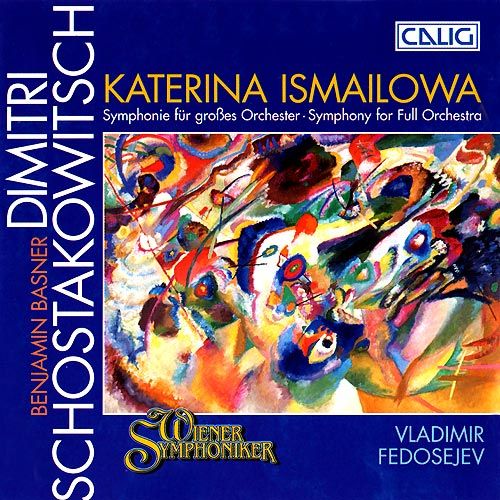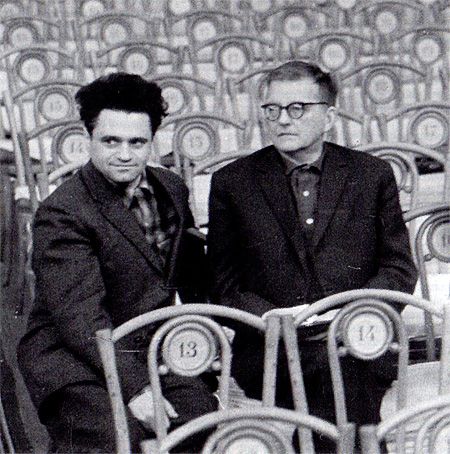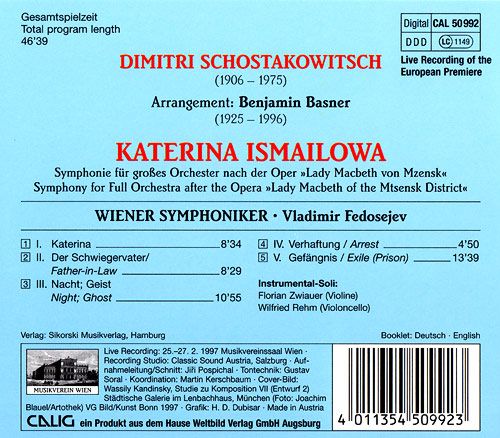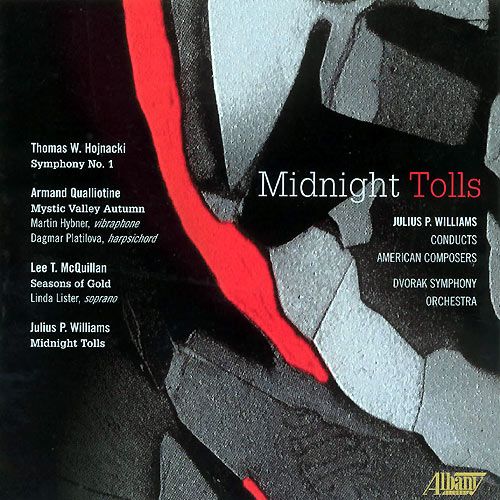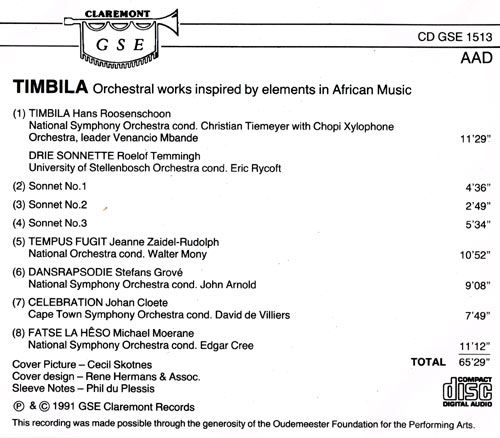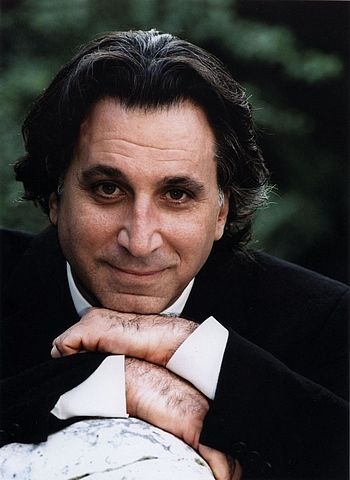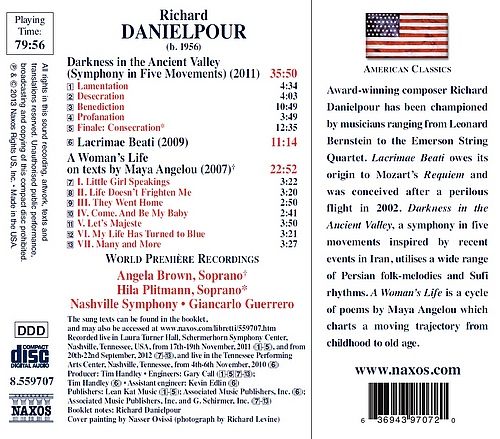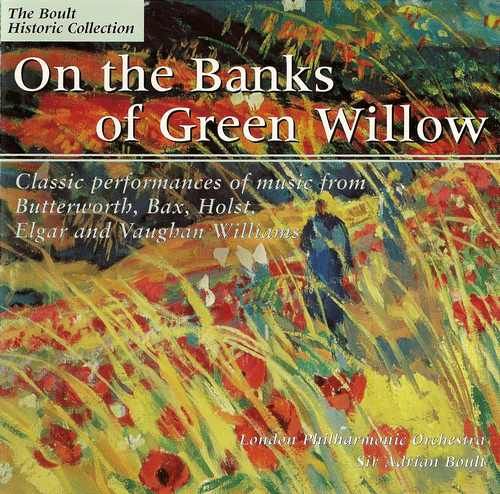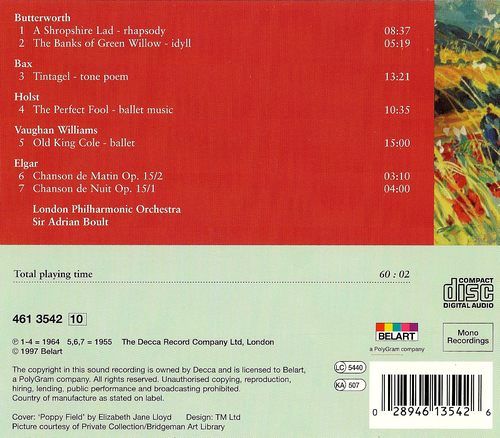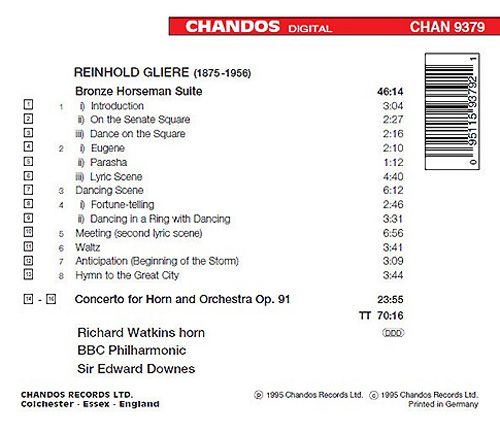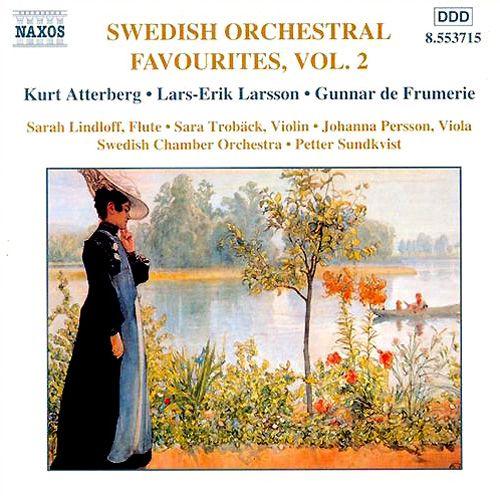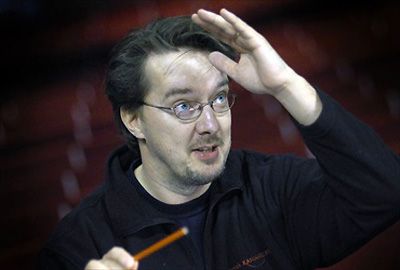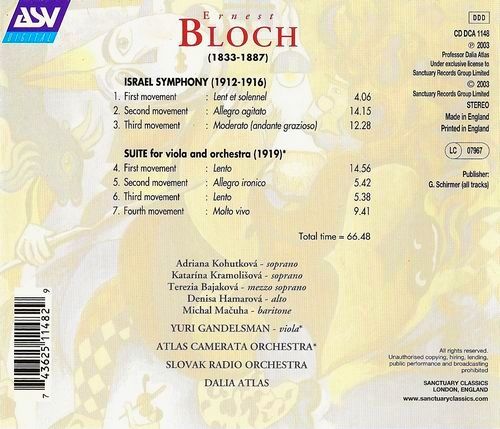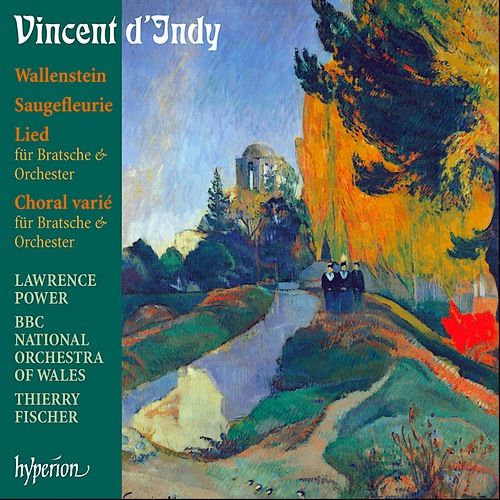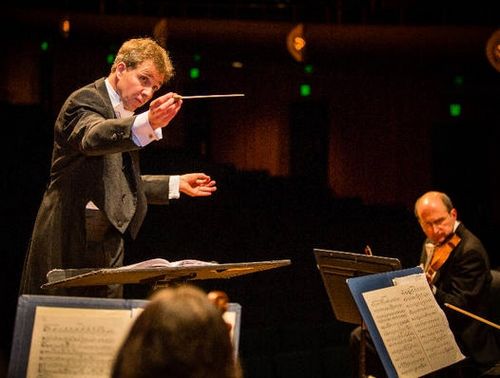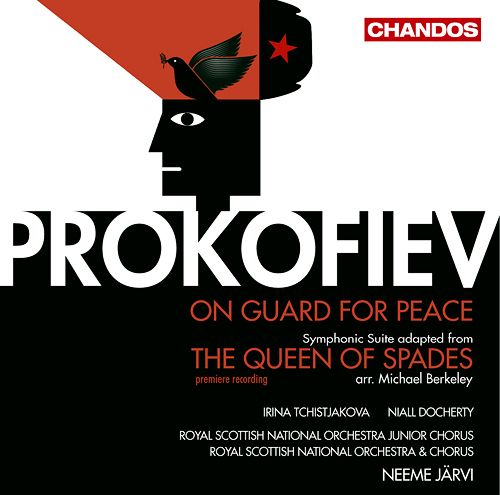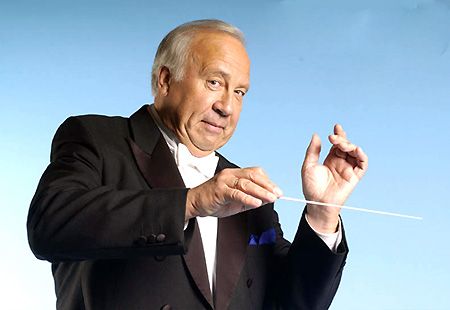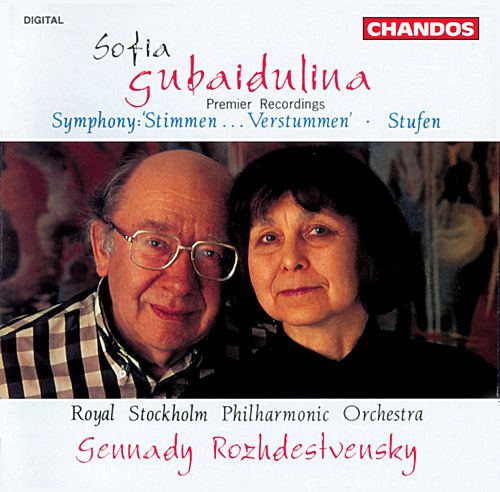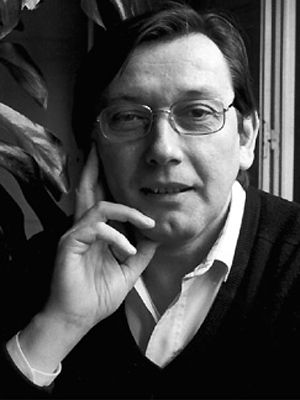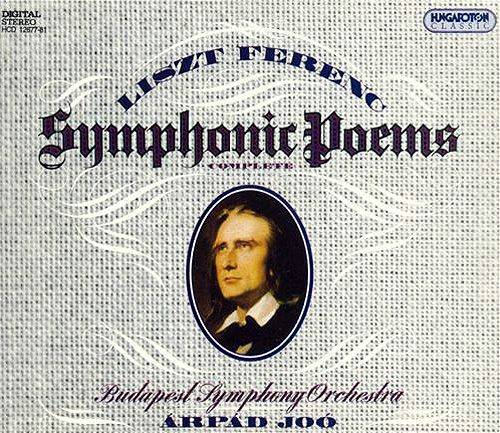No.584
The Symphony No.6 by Nikolai Myaskovsky was composed between 1921 and 1923. It is
the largest and most ambitious of his 27 symphonies, planned on a Mahlerian scale, and uses a chorus
in the finale. It has been described as 'probably the most significant Russian symphony between
Tchaikovsky's Path�tique and the Fourth Symphony of Shostakovich'. Myaskovsky wrote part
of the work in Klin, where Tchaikovsky wrote the Path�tique. The premiere took place at the Bolshoi
Theatre, Moscow on 4 May 1924, conducted by Nikolai Golovanov and was a notable success.
Soviet commentators used to describe the work as an attempt to portray the development and early
struggles of the Soviet state, but it is now known that its roots were more personal. The harsh, emphatically
descending chordal theme with which the symphony begins apparently arose in the composer's mind
at a mass rally in which he heard the Soviet Procurator Nikolai Krylenko conclude his speech with the call
'Death, death to the enemies of the revolution!' Myaskovsky had been affected by the deaths of his
father, his close friend Alexander Revidzev and his aunt Yelikonida Konstantinovna Myaskovskaya, and
especially by seeing his aunt’s body in a bleak, empty Petrograd flat during the winter of 1920. In 1919
the painter Lopatinsky, who had been living in Paris, sang Myaskovsky some French Revolutionary songs
which were still current among Parisian workers: these would find their way into the symphony's finale.
He was also influenced by "Les Aubes" (The Dawns), a verse drama by the Belgian writer Emile Verhaeren,
which enacted the death of a revolutionary hero and his funeral.
Composed in Moscow in 1926–27, the Symphony No.10 was inspired by Alexander Pushkin's
poem "The Bronze Horseman", which tells of a young man whose fianc�e is drowned by the disastrous
flooding of Saint Petersburg by the River Neva in 1824 and who curses the prominent equestrian statue
of Peter the Great, only to be pursued through the city by the statue until he too is drowned. The basic
events of the poem may be discerned in Miaskovsky’s music, notably the flood in the opening passage
(marked Tumultuoso), plus themes for the principal characters (the sole lyrical element, played Patetico
on solo woodwind or violin, symbolizes the drowned fianc�e) and the pursuit by the statue, a Presto
Tempestoso fugue on a subject using ten of the twelve pitches of the chromatic scale. In fact Miaskovsky
was not so much inspired by the poem as by Alexander Benois's illustrations to it.
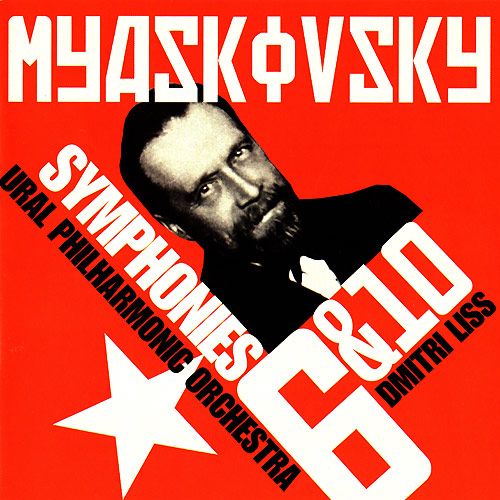
Music Composed by Nikolai Myaskovsky
Played by the Ural Philharmonic Orchestra
With the Domestic Choir of Ekaterinburg
Conducted by Dmitri Liss
"Right from the start Liss makes it clear that this is going to be a gripping and urgent
account of the Myaskovsky Sixth Symphony. It’s a reading of elemental spontaneity
seemingly swept along by the fire or poetry of the moment. That flame, in the first
movement, can produce moments that teeter close to a gabble. One wonders whether
the young Golovanov produced similar results for his premiere at the Bolshoi on 4 May 1924.
The majestically singing lyricism of the long third movement can be heard in both in its
magnificence and its understated poetry between 10:04 and 11:49. The finale has
moments that suggest a light-hearted bumpkins' dance but after the celebrations fall
away we come to the brief choral part soaked in the music of the Russian orthodox
liturgy even if the sentiments of the text point elsewhere. The symphony ends in a
peace in which peaceful threads of silver and gold interweave.
The Sixth is an enigmatically loveable symphony with the instinctive accelerandos and
rallentandos of any of the great Tchaikovsky symphonies. Its material might be seen
to be hewn from the tragic pages of Manfred and then passed through the Myaskovsky
alembic to produce searing magnificent tragedy and tender nostalgic regret.
Liss's reading is more volatile and possessed than that of J�rvi on DG but not as
polished. It ranks high among the increasingly numerous competition.
Contrast the sprawling generous structure of the Sixth with the compact single
movement Tenth Symphony premiered by the conductorless Persimfans in 2 April
1928 in Moscow. It is a densely packed and stormily taut work. Its inspiration is
from Alexander Benois's illustration to Pushkin's The Bronze Horseman and the
surging and tempest of the music is illustrative of the devastating floods of Leningrad
in 1824 associated with the story. It has all the elements of a symphony but
crammed into just over a quarter of an hour – perhaps influenced by Sibelius’s
Seventh. Stokowski premiered the Tenth in Philadelphia in 1930 but unlike the
world-beating Fifth and the famous twenty-first it has never won a following.
Like the expressionistic thirteenth it is amongst the least fawningly ingratiating
of his works and ends in an enigmatic rolling growl.
The exemplary notes are by Malcolm Macdonald, Tempo editor and John Foulds
authority. They are freshly written and thoughtful. Interesting that he places
Myaskovsky 6 as the most significant Russian symphony between Tchaikovsky
6 and Shostakovich 4."
Musicweb

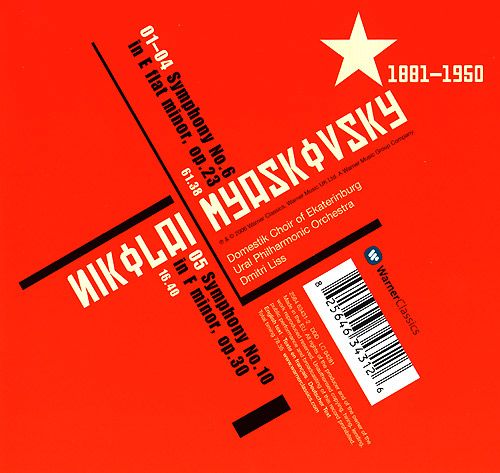
Source: Warner Classics CD (my rip!)
Formats: FLAC(RAR), DDD Stereo, mp3(320)
File Sizes: 361 MB / 180 MB (FLAC version incl. artwork & booklet)
The FLAC link has now expired. No more requests for this, please!
mp3 version -
https://mega.co.nz/#!yhY1WJoI!phQLC5k7stDyzWMC49j6qHLs9KJ8bmGdkm1qIMI VodA
Enjoy! Don't share! Buy the original! :)
---------- Post added at 11:42 AM ---------- Previous post was at 11:08 AM ----------
No.585
Ralph Vaughan Williams completed The Garden of Proserpine in 1899 and the work was
begun in 1897 or 1898. For the twenty-something composer, it was a first attempt at a large-scale work,
489 bars long (at 24 minutes) for soprano soloist, chorus and full orchestra. Given that Vaughan Williams
had only produced a handful of songs and some chamber pieces by this date, it is an impressive achievement
that, in the closing pages, achieves that combination of radiance and nobility that is so characteristic of this
composer in his later works. The Garden of Proserpine is taken from A.C. Swinburne's collection
"Poems and Ballads" (1866), works notorious for their eroticism, republicanism and antitheism.
Vaughan Williams called In the Fen Country a 'Symphonic Impression for Orchestra'. The work was
completed in April 1904 although revised several times after that, up to as late as 1935. Although no folk
songs are quoted directly, the melodic outlines and the spirit of folk music are prevalent in this work.
The music develops from a simple statement of the folk-like melody to a more complex, impressionist
idiom. Vaughan Williams shows his love of the bleak but alluring East Anglian countryside alongside a
steady determination to create a national musical style.
Patrick (Paddy) Hadley (1899-1973) is, perhaps, best remembered today for a few carols and his impressive
The Trees so High (1934). This was based on the Somerset folk-song and is a large-scale and deeply-
felt work which deserves repeated listening. Other choral works such as The Hills (1944) and Connemara
(1958) show Hadley's topographical affinities, as does Fen and Flood (1955). Hadley lived almost all
his life at Heacham on the North Norfolk coast. After the First World War (when he was severely injured
leading to his right leg being amputated below the knee) he studied music at Cambridge, under Charles
Wood and then at the Royal College of Music from 1922 to 1925 where he was a pupil of Vaughan Williams.
Fen and Flood was inspired by the devastating events of the night of Saturday 31 January, 1953. A
combination of high spring-tides and a deadly hurricane force North-Westerly wind created a storm tide up
to 18 feet above mean sea level. The surge hit Kings Lynn around 7.30 pm, reaching Canvey Island in
Essex at 1.10 am on the Sunday morning, before continuing south to Belgium and Holland. Overall,
2,400 people lost their lives, 1,835 in The Netherlands and 307 on land in the UK.
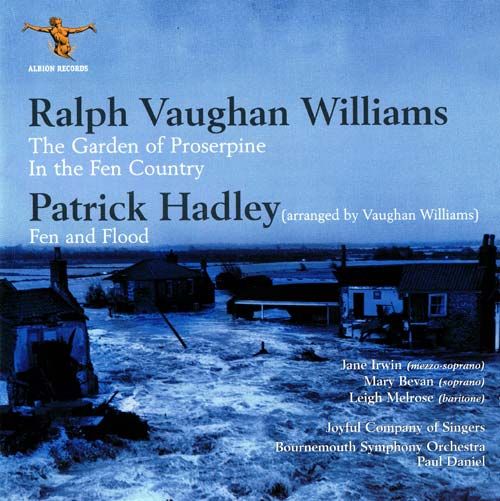
Music by Ralph Vaughan Williams & Patrick Hadley
Played by the Bournemouth Symphony Orchestra
With Mary Bevan (soprano), Jane Irwin (mezzo) & Leigh Melrose (baritone)
And The Joyful Company of Singers
Conducted by Paul Daniel
"The word ‘decadent’ doesn’t normally spring to mind in connection with Ralph Vaughan Williams.
Yet here is the young composer, setting poetry by one of the most notorious artistic voluptuaries
of the Victorian era, Algernon Charles Swinburne, just four years after the trial of Oscar Wilde.
So should we rethink our image of the younger VW? On the evidence of The Garden of Proserpine,
perhaps not. Accomplished though the score is, it’s the closing meditation on mortality, rather
than Swinburne’s hedonistic lyricism, that draws the best from the composer. And even this is
some way short of the sombre eloquence of Toward the Unknown Region, begun four years later.
In the Fen Country is still essentially ‘early’ Vaughan Williams, yet the touch is far surer, the
imagination more sharply focused. Still it’s Patrick Hadley’s Fen and Flood, composed in
response to the devastating East Coast deluge of 1953, that leaves the strongest impression.
The style ranges from homely, but not derivative folksiness via more quirky imaginative
touches to moments of moving grandeur – not least the final hymn. Performances are
authoritative, atmospheric, and not at all self-conscious when dealing with rollicking
monks or comedy Dutchmen."
BBC Music Magazine


Source: Albion Records CD (my rip!)
Formats: FLAC(RAR), DDD Stereo, mp3(320)
File Sizes: 245 MB / 153 MB
The FLAC link has now expired. No more requests for this, please!
mp3 version -
https://mega.co.nz/#!TwhTWIxK!bx57oSvx22aixG9FAaaSJ1xWEDqcCLpl0knW_99 qq-0
Enjoy! Don't share! Buy the original! :)
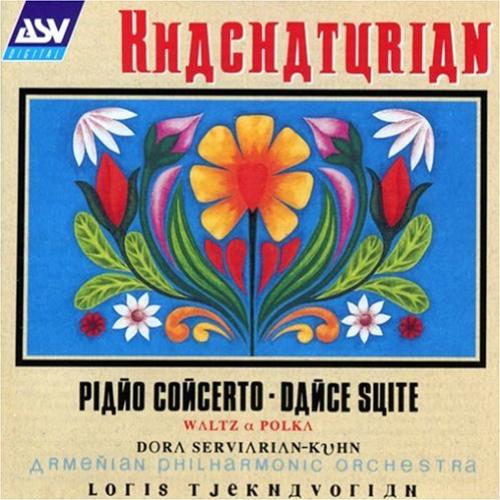 (http://picturepush.com/public/13924326)
(http://picturepush.com/public/13924326) (http://picturepush.com/public/13924326)
(http://picturepush.com/public/13924326)

